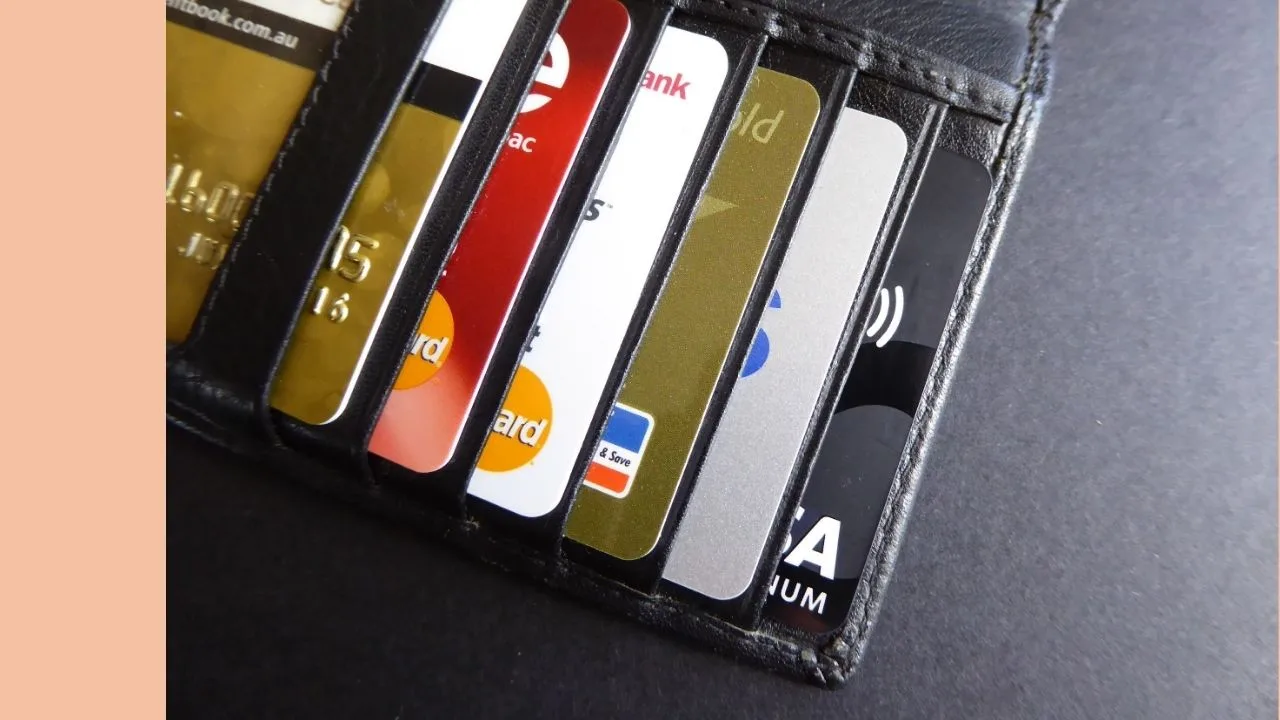FMG share price in focus
Fortescue Ltd is an iron ore production and exploration company started by the well-known Australian polymath Andrew “Twiggy” Forrest. The company was founded in 2003 and has assets across the Pilbara region of Western Australia.
Fortescue’s main operation is iron ore production, shipping more than 190 million tonnes annually. However, Fortescue has also been ramping up exploration activities for materials like copper, rare earths, and lithium. This exploration covers countries including Australia, Argentina, Chile, Brazil, and Kazakhstan.
This is all part of Fortescue’s long-term strategy to take advantage of the shift to renewable energy. Demand for copper, lithium, and other rare earths are expected to skyrocket with increasing battery and electric vehicle production and Fortescue intends to fill that demand.
The key metrics
If you’ve ever tried reading a company’s income statement on the annual report, you’ll know just how complex it can get. While there are any number of ways you could slice up the statement, three key figures are revenue, gross margin, and profit.
Revenue is important for obvious reasons – everything else (profit, margins, return on equity etc.) is downstream of a company’s ability to generate sales and revenue. What we’re looking for is not so much the absolute number, but the trend. FMG last reported an annual revenue of $18,220m with a compound annual growth rate (CAGR) over the last 3 years of -6.5% per year.
The next thing we’ll want to consider is the gross margin. The gross margin tells us how profitable the core products/services are – before you take into account all the overhead costs, how much money does the company make from selling $100 worth of goods and services? FMG’s latest reported gross margin was 52.4%.
Finally, we get to profit, the real headline number. Last financial year Fortescue Ltd reported a profit of $5,683m. That compares to 3 years ago when they made a profit of $10,295m, representing a CAGR of -18.0%.
Financial health of FMG shares
Next, we could consider the capital health of the company. What we’re trying to work out is whether the company is generating a reasonable return on their equity (the total shareholder value) and whether they have a good safety buffer. One important measure to consider is net debt. This is simply the total debt minus the company’s cash holdings.
In the case of FMG, the current net debt sits at $497m. A high number here means that a company has a lot of debt which potentially means higher interest payments, greater instability, and higher sensitivity to interest rates. A negative value on the other hand indicates the company has more cash than debt, which can be seen as good (a big safety buffer) or bad (inefficient capital allocation).
A metric that might be more valuable to us is the debt/equity percentage. This tells us how much debt the company has relative to shareholder ownership. In other words, how leveraged is the company? Fortescue Ltd has a debt/equity ratio of 27.6%, which means they have more equity than debt.
Finally, we can look at the return on equity (ROE). The ROE tells us how much profit a company is generating as a percentage of its total equity – high numbers indicate the company is allocating capital efficiently and generating value, while a low number suggests that company growth may be starting to slow. FMG generated an ROE of 30.2% in FY24.
What to make of FMG shares?
One way to have a ‘speedy read’ of where the FMG share price is could be to study something like dividend yield through time. Remember, the dividend yield is effectively the ‘cash flow’ to a shareholder, but it can fluctuate year-to-year or between payments. Currently, Fortescue Ltd shares have a dividend yield of around 10.48%, compared to its 5-year average of 10.52%. Put simply, FMG shares are trading below their historical average dividend yield. Be careful how you interpret this information though – it could mean that dividends have fallen, or that the share price is increasing, or both. In the case of FMG, last year’s dividend was greater than the 3-year average, so the dividend has been growing.
The Rask websites offer free online investing courses, created by analysts explaining things like Discounted Cash Flow (DCF) and Dividend Discount Models (DDM). They even include free valuation spreadsheets! Both of these models would be a better way to value the FMG share price.





